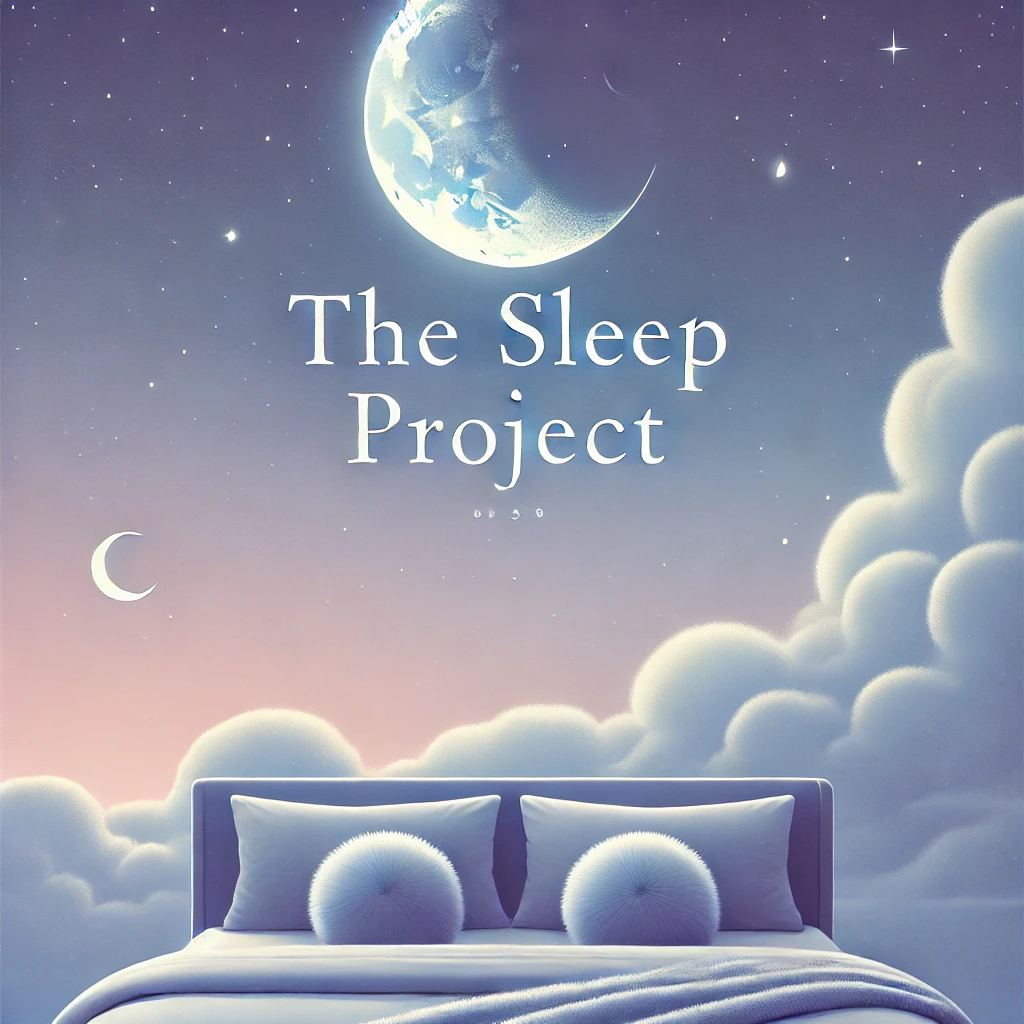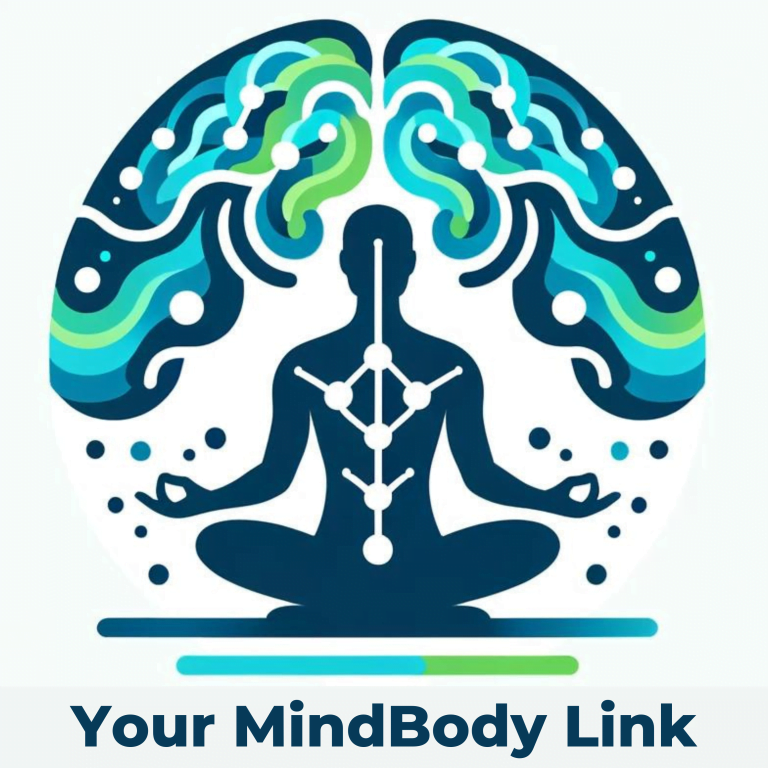Chill zone – insights and analogies
Screen Time vs Sleep : How Blue Light is Stealing Your Sleep
download as PDF: Screen Time vs Sleep
1. Imagine melatonin is like a night-time security guard who helps lock up your brain for the night, ensuring it gets the rest it needs.
Blue light from screens is like a loud, persistent alarm that keeps going off right when the security guard is trying to start his shift.
Every time the alarm sounds, the security guard gets delayed, making it harder for him to lock up the brain and start the sleep process.
So, the bluer the light there is, the harder it is for melatonin to do its job of helping you fall asleep
2. Melatonin is your body’s natural sleep hormone. Think of it like your internal sleep switch that tells your brain it’s time to wind down and go to bed.
But when you’re staring at screens late at night, the blue light from those screens tricks your brain into thinking it’s still daytime, making it harder for your sleep switch to turn on.
Podcast on better sleep
The Worry Journey – Turning Worries into Wins
download as PDF: The Worry Journey
When negative thoughts creep in, it’s time to flip the script. By taking a worry and actively challenging it, you can turn anxious energy into calm clarity.
Sometimes, life’s worries can feel like they’re taking over—whether it’s stress about work, relationships, or just the uncertainty of life. Writing down your worries can be a powerful way to regain control. When you put your worries on paper, you give your mind space to breathe, making it easier to think clearly.
Your Worry Journey Steps:
Set aside some time each day to jot down your worries. (not close to bed)
Challenge those worries with simple, honest questions.
Find a balanced perspective to replace those nagging thoughts.
Example Worry: “I won’t get enough sleep tonight, and tomorrow I’ll be too exhausted to function properly.”
It’s easy to spiral into negative thinking, but is this fear realistic?
Let’s break it down.
Challenge Your Worry
What’s the evidence that this will actually happen?
What evidence do I have that things might turn out okay?
How likely is my worst-case scenario? (Rate it from 0-100%)
What’s the worst that could happen?
What’s the best that could happen?
What’s the most likely outcome?
How helpful is this worry right now?
If the worst happens, how would I handle it?
How else could I view this situation?
Once you’ve answered these questions, it becomes easier to find a more balanced, realistic thought to replace your worry.
Example Worry Journey Entry:
Worry: Not getting enough sleep.
Prediction: I’ll be too tired to function tomorrow.
Emotions: Anxious (80%), Frustrated (50%).
Worrisome Thoughts: I’m going to mess up at work, and everything will go wrong.
Belief in the Worry: 70%.
Balanced Thinking: “I’ve had rough nights before, and I still managed to get through the day. One bad night won’t ruin everything.”
Belief in Balanced Thought: 20%.
Emotions Now: Anxious (40%), Frustrated (10%).
Schedule Your Worry Time
Set aside time each day to work through your worries and keep them from overwhelming your nights. But remember, don’t let your worry time creep too close to bedtime—give yourself the space to unwind before you sleep.
By taking yourself on this Worry Journey regularly, you’ll find that your worries become easier to manage, leaving you more time to enjoy the things that matter.
The 20-20-20 rule
download as a PDF: 20-20-20-rule
Take Regular Breaks:
Follow the 20-20-20 rule: every 20 minutes, look at something 20 feet away for at least 20 seconds. This can help reduce eye strain and mental fatigue.
Incorporate Physical Activity:
Take breaks to move around, stretch, or go for a walk outside. Even short bursts of activity can help improve sleep quality by reducing stress and fatigue.
Maximise Natural Light Exposure:
Try to get outside during the day, especially in the morning, to help regulate circadian rhythms. If you work in a windowless environment, consider using a light therapy lamp to simulate daylight.
Stress Management:
Incorporate stress-reducing activities into your daily routine, such as deep breathing exercises, mindfulness, or meditation. Managing stress throughout the day can help reduce its impact on your sleep.
Ergonomics and Comfort:
Ensure your workspace is ergonomically designed to minimise physical strain. Good posture and comfort during work hours can help reduce the physical discomfort that might interfere with sleep later.
Sequence of Muscle Relaxation
download handout: sequence-of-muscle-relaxation

